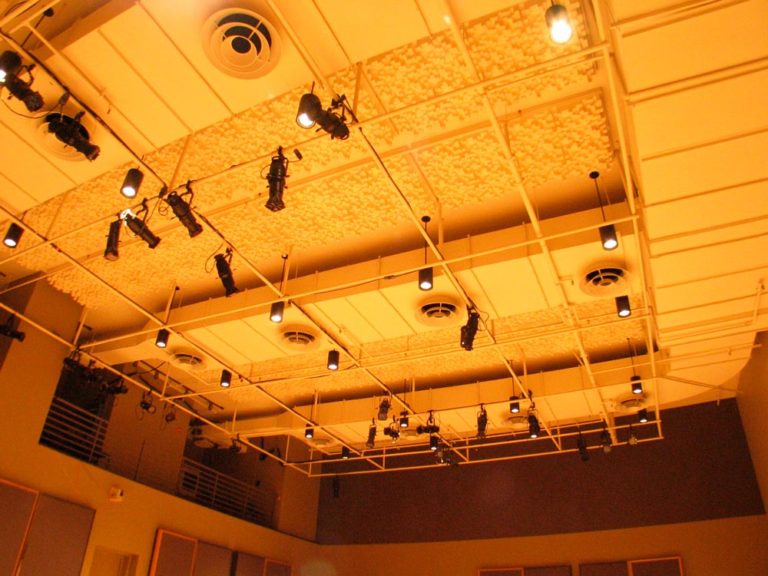Community, Leadership, Experimentation, Diversity, & Education
Pittsburgh Arts, Regional Theatre, New Work, Producing, Copyright, Labor Unions,
New Products, Coping Skills, J-O-Bs...
Theatre industry news, University & School of Drama Announcements, plus occasional course support for
Carnegie Mellon School of Drama Faculty, Staff, Students, and Alumni.
CMU School of Drama
Friday, April 30, 2021
Rigging in a Music Performance Studio
ASTC: Whenever a theatre consultant collaborates with an architect and a user to design a venue, one of the questions that quickly arises is: How will this venue be used? This question applies to the types of performances the venue needs to host, but just as critically to the frequency with which the intended performances take place, the level of production value, and the amount of production staff that may or may not be available to change over the venue between events.
Subscribe to:
Post Comments (Atom)

2 comments:
This is a nice article that showcases the four primary ways that rigging is done in multipurpose rooms, and I would say is a great read for any administration looking to renovate their existing spaces. It also reminds us that function does not exist without form, and in many spaces outside of a traditional proscenium venue we often forget this. The first example is a simple pipe grid, which is probably the most common especially in renovated or converted spaces. They are clean, simple, and require the least amount of work to install. They do, of course, come with their own caveats. The hang and focus must be done using ladders or lifts, and if the flooring isn't able to support a lift that can move at height it makes that process extremely tedious. However, for rep plots this is less of an issue since adjustments would be minimal, and with the explosion of intels and moving fixtures there is much more flexibility in these systems. The second option is to add catwalks, which require a fair amount of work. Can the building support it? How will you access them? They certainly make hang and focus easier, but for a much greater cost. Furthermore, they still limit positions and can often be frustrating (see the Rauh pre-2019). The third option listed is to use a mechanized system. This is interesting, since it makes hang significantly easier, but you still run into the problem of focus. Finally, tension grids can be great for spaces that need maximum flexibility, and while they may not be the most discreet I would argue that they aren't unsightly if designed properly. If I'm thinking about creating a space from scratch, I would start with either a mechanized grid or tension grid. In a renovation, I would shift more towards a pipe grid. In the end, of course, it comes down to knowing the space, what it wants to be, and how much you're willing to spend on it.
This is a really interesting article about the different styles in which multipurpose or recording studio spaces can be set up for rigging systems. I think it’s actually a really good read especially for someone that may be working in our department or in a similar department where the majority of our rigging practices are in more “typical” theatrical spaces. It really gives someone the perspective of how best the system suits the form of the room and what the space use needed. Even if a space is use in a variety of situations / environments it still has a home base and a use case for what the company or organization actually uses the space for. I remember in my high schools Multi purpose room there was a debate between pipe grid and tension grid but when it came down to it the simplicity of a pipe grid and the Hvac needed is why that system simply made more sense fo the environments that they wanted to create in the space.
Post a Comment